[Kintsugi] Everything You Need to Know
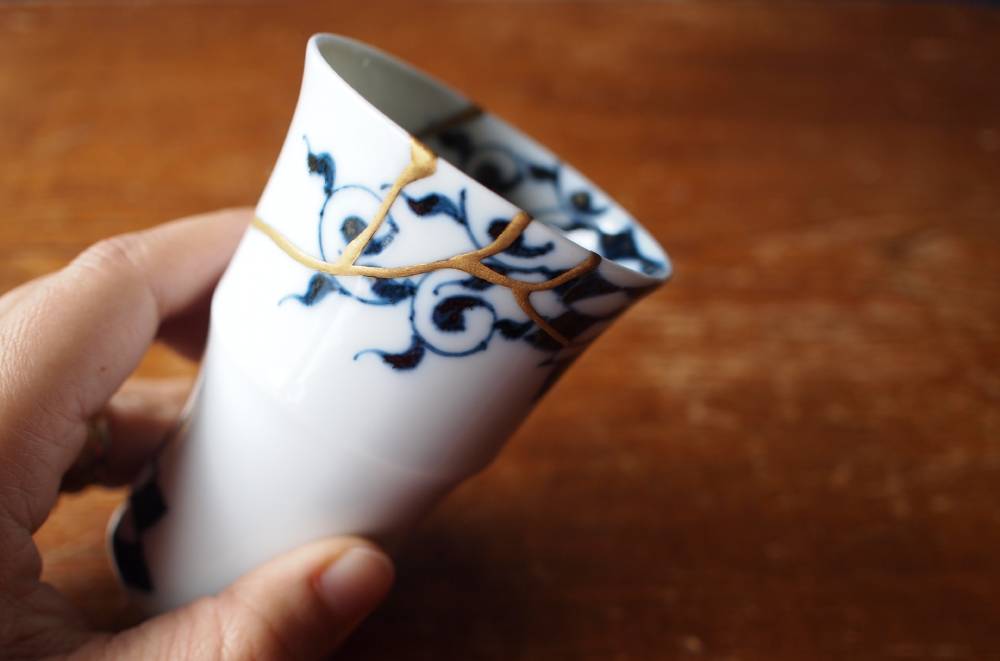
What would you do if you accidentally broke your favorite mug or a plate that you have lots of memories of?
In such cases, there is a repairing method called “kintsugi”. Kintsugi allows us to take good care of things and make them even more gorgeous than before. Kintsugi is an intricate and beautiful art.
I will introduce the history, philosophy, and precautions of Kintsugi in detail.
What is Kintsugi?
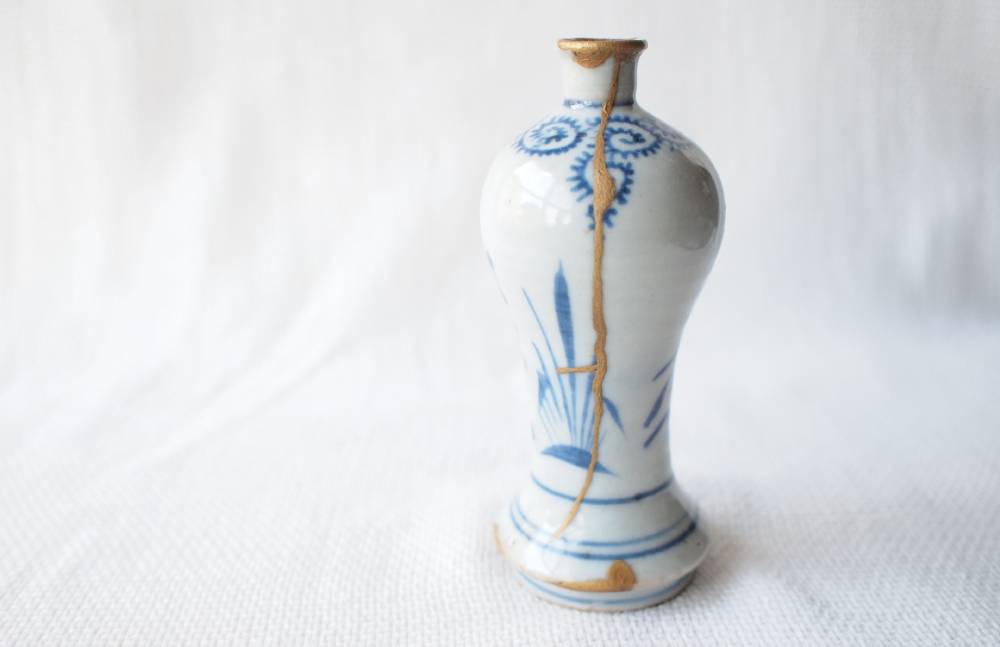
“Kin” refers to gold, and “tsugi” refers to rejoining.
” Kintsugi (金継ぎ)” is a Japanese traditional technique for repairing broken ceramics using urushi lacquer (tree sap). The surface is then decorated with gold powder. A ceramic that has been kintsugi repaired is valued higher than its predecessor.
History
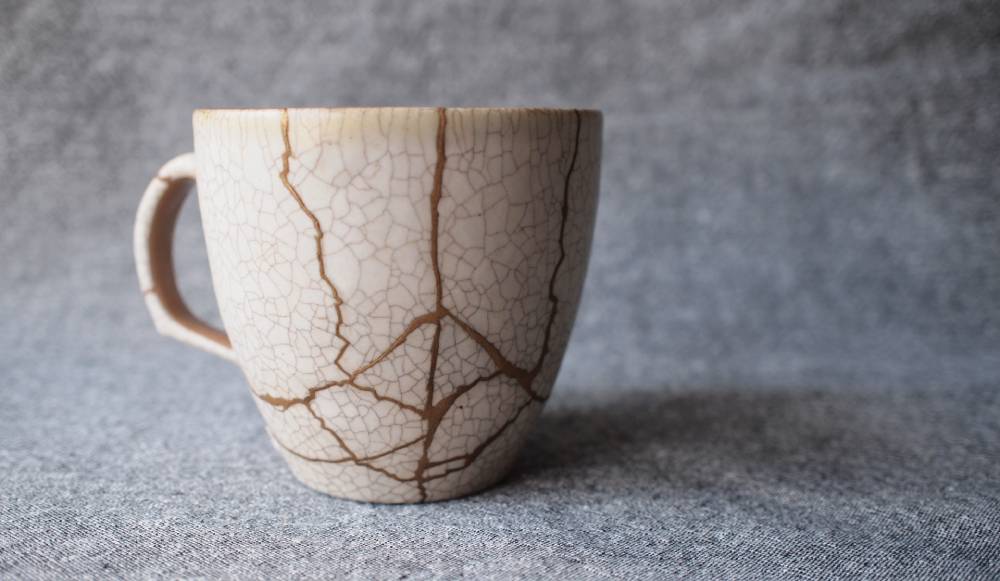
Repairing broken ceramics with lacquer has actually been practiced since the Jomon period (between 10,500 and 400 B.C.). Finishing broken ceramics by decorating them with gold is believed to have originated in the tea culture of the Muromachi period (1336-1573).
Tea utensils of this period were imported from China and were very expensive. Therefore, even if they broke a ceramic by accident, it could not be thrown away. Kintsugi is said to have started as a way to repair broken ceramics.
I am not sure if the repairing ceramics continued from the Jomon period to the Muromachi period. I think it was probably continued in some form, but there is no historical data on this.
Philosophy
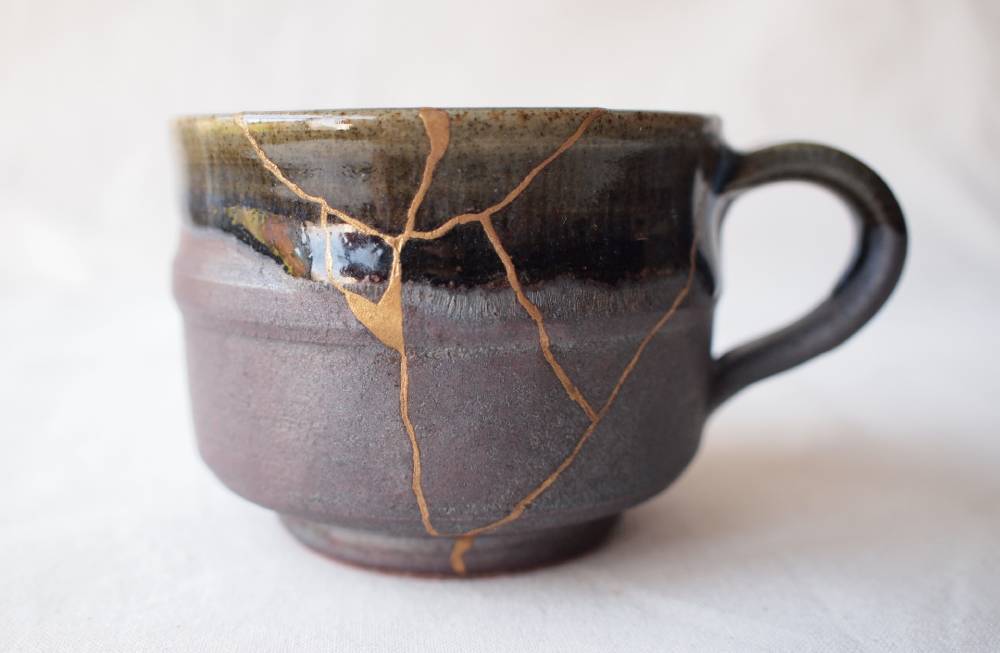
In the world of Japanese tea, there is an orientation toward enjoying “wabi-sabi”.
“Wabi” refers to the inner richness of accepting and enjoying rust and dirt. On the other hand, “sabi” refers to visual beauty, such as the unique texture or appearance created over time. “Wabi-sabi” is the combination of external beauty and the mind to find it.
Even things that ordinary people would consider “old and worthless” have value. Nothing is permanent. Even damaged “scars” can be seen as “value”. There was a “special axis of evaluation” in the world of tea that freed people’s minds from obsession and led them to a peaceful state of mind.
Ceramics that can and cannot be repaired by Kintsugi
Basically, we can repair things made of various materials.
Can be repaired by Kintsugi
- Ceramics – Basically it can be fixed even if there are no broken pieces.
- Glass – Basically, it can be fixed. But it is quite difficult.
- Woodenware – Some can be repaired.
- Lacquerware – It can be fixed, but it is quite difficult.
Cannot be repaired by Kintsugi
- Items exposed to direct heat such as the body of an earthenware pot.
- Objects exposed to steam such as the lid of a teapot.
- Things that are immersed in water for a long time such as flower vases.
3 types of kintsugi methods
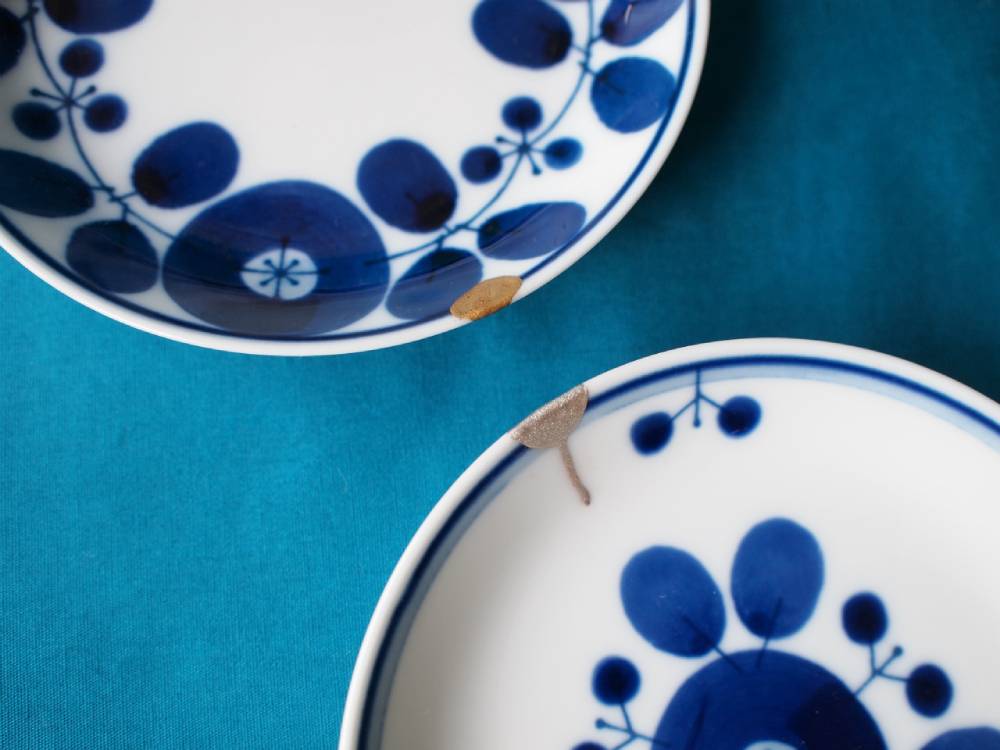
- Hon-urushi kintsugi (本漆金継ぎ) – Traditional method of kintsugi uses real lacquer only. The real kintsugi.
- Kansitsu kintsugi (簡漆金継ぎ) – A modern method of kintsugi using both synthetic resin and real lacquer. Just for fun kintsugi.
- Kani kintsugi (簡易金継ぎ) – The easiest and simplest method using synthetic resin only. Just for fun kintsugi.
Hon-urushi kintsugi is a genuine traditional kintsugi process. It is safe because only natural materials are used. But it is highly challenging, and takes about one week to one month. There is also a high risk of skin irritation during the kintsugi process.
Kansitsu kintsugi and Kani kintsugi are easy and can be done in one day. The risk of skin irritation is low. However, the safety is questionable because it uses synthetic lacquer. Although it is not a highly toxic substance, I recommend that you do not put your lips directly on the repaired part.
How to Kintsugi
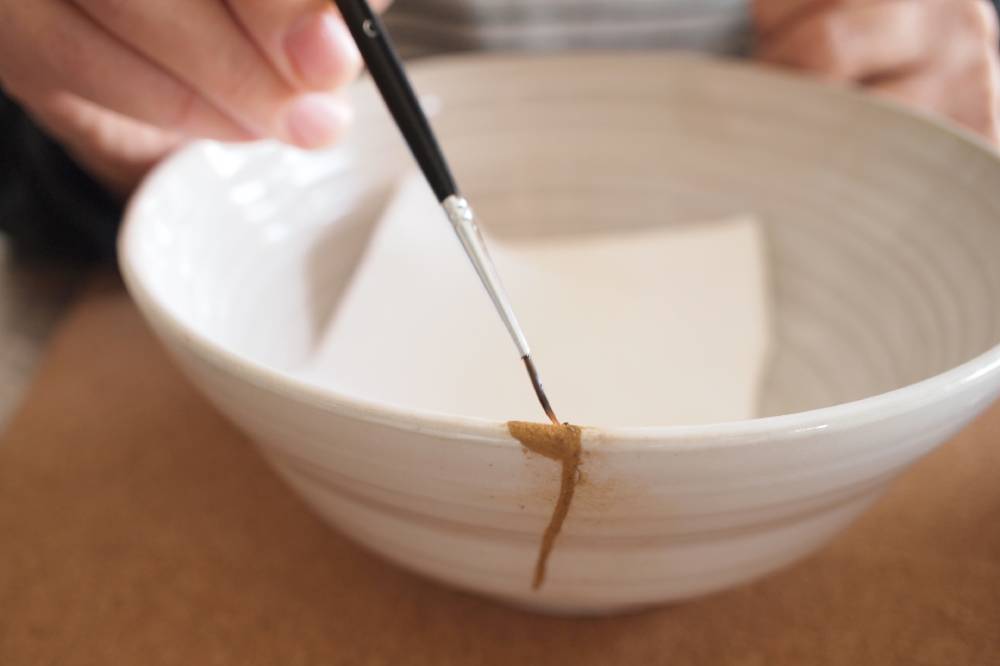
It is actually a little more complicated, but I will explain it simply. But kintsugi is not such a difficult technique.
I mentioned earlier that there are three types of kintsugi methods, but the basic process is the same. But the repair procedure varies depending on whether it is a broken, chipped, or cracked dish.
Broken Ceramics
- Glue broken pieces together
- Fill gaps and bumps
- Lacquer
- Sprinkle gold powder
Chipped Ceramics
- Fill gaps and bumps
- Scrape off the overpainted areas
- Lacquer
- Sprinkle gold powder
Cracked Ceramics
- Fill gaps and bumps
- Lacquer
- Sprinkle gold powder
Notes on Kintsugi repaired ceramics
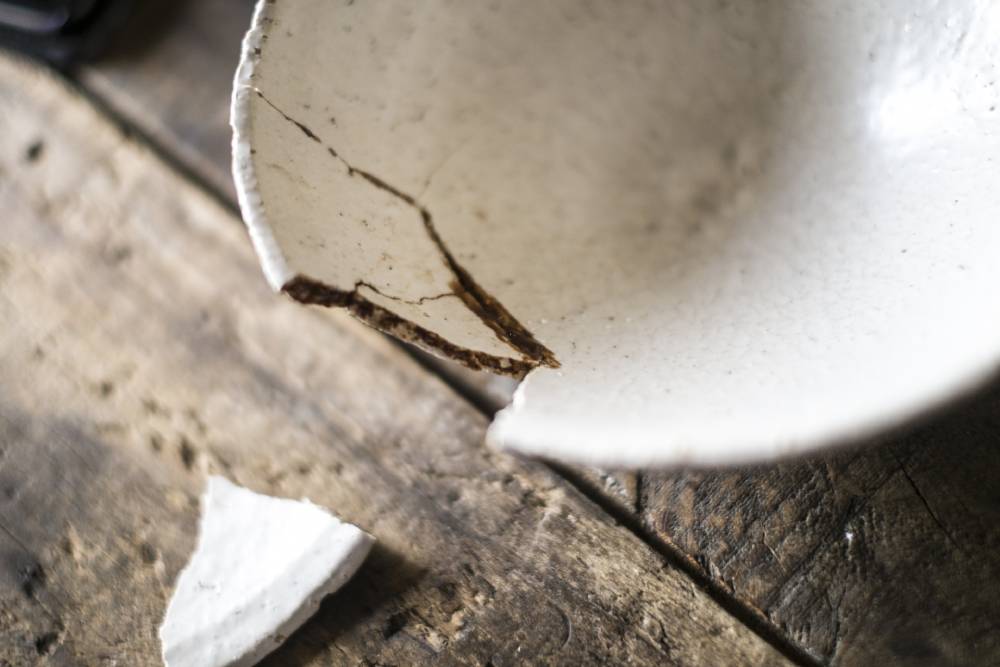
Kintsugi is very delicate and sensitive. You need to take good care of it. It sounds like a hassle, but you’ll get used to it!
- Do not use it in the microwave, dishwasher, or oven.
- Cannot be used over direct heat.
- Do not wash with cleansers or other abrasives, hard sponges, or scourers.
- Do not scratch the repaired area with hard objects.
- When using metal knives, forks, and knives, be careful not to touch the repaired part. If possible, use a wooden one.
- Do not put it in a refrigerator. The difference in drying speed between the repaired part and the ceramic part may cause cracks.
- Do not leave it soaked in water for a long period of time. It may cause peeling.
Kintsugi Experience in Tokyo
The workshop is in Shin-Koenji Station on the Marunouchi line. You can learn the basics of kintsugi in a small class taught by highly-acclaimed artisans. The finished kintsugi product may be brought home after the activity.
Kintsugi at Home
There are many kintsugi kits available that make it easy to do kintsugi at home. Amazon Japan has many products that can be shipped internationally. Check it out!
I recommend this one. It uses natural materials without using synthetic adhesive. There are instructions in English.
 Comment
Comment

 Home
Home 06/01/2022
06/01/2022